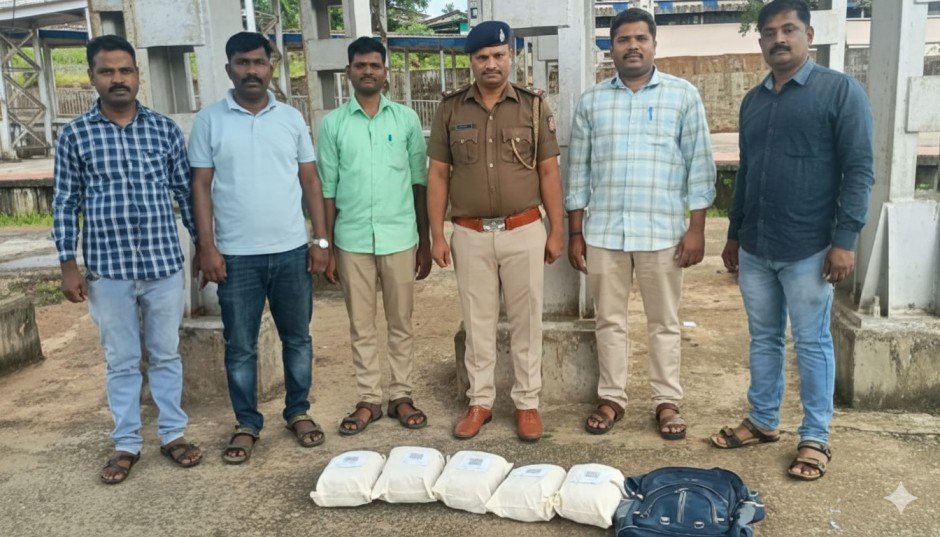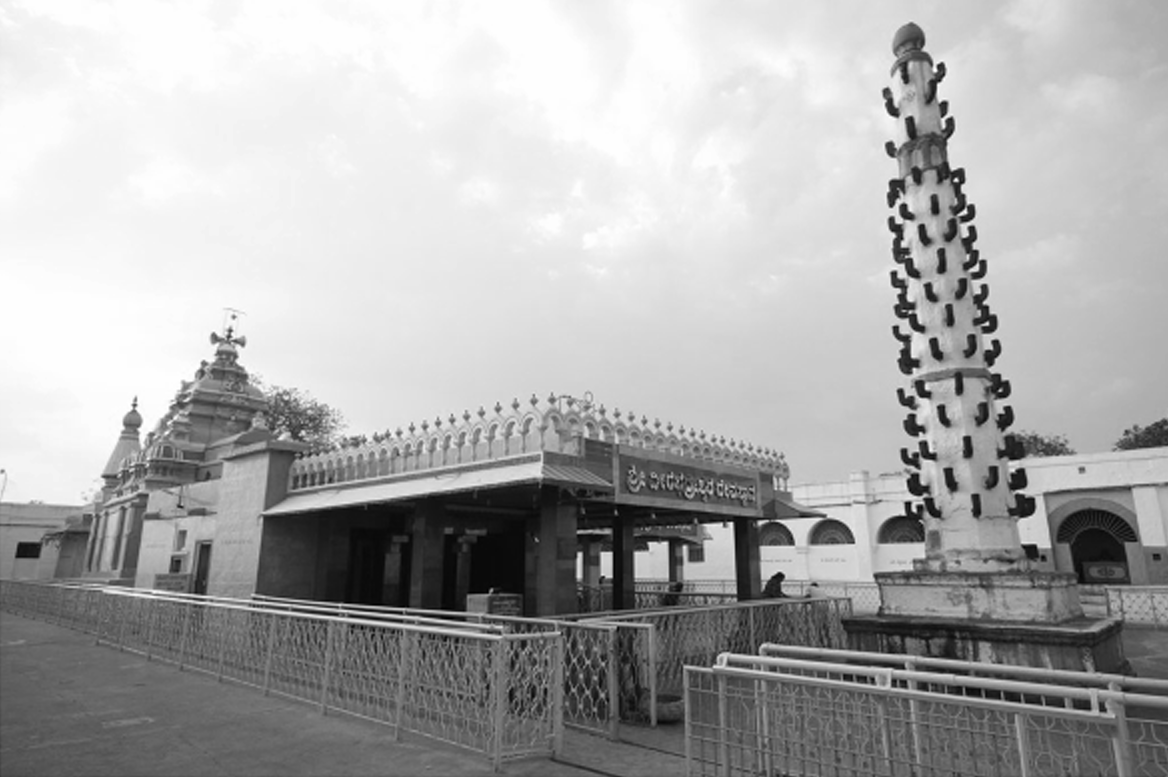

Savadatti Fort, also known as Saundatti Fort, is a striking 18th-century military structure nestled in the western part of Savadatti town, Karnataka. Perched on a small hill, the fort stands out for its nine-sided polygonal shape, eight imposing bastions, and a unique blend of military architecture and spiritual legacy.
For Reference: https://en.wikipedia.org/wiki/Savadatti_Fort
The fort is believed to have been constructed by the Desais of Sirasangi Sansthan, with historical records attributing its construction to either Naralgund Desai in 1734, or Jayappa Desai between 1743 and 1751. At one point, it even came under the influence of Hyder Ali of Mysore, as the ruling Desai pledged allegiance to his reign.
Savadatti Fort covers an area of 325 feet north-south and 450 feet east-west, fortified with high stone walls (up to 60 feet) and a protective moat. Visitors enter through an east-facing gate, followed by a steep climb and stairway. The narrow ramparts, loop-holed parapets, and sally ports reflect its strategic military design.
Inside the main fort, there’s a smaller, square-shaped fortification featuring corner towers, a moat, and a large stepwell-like pond once used as a reliable water source. The architectural highlight is the Kadasiddheshwara Temple, located at the center. The temple’s interior features over 200 geometric and ornamental carvings under its eaves — some still retain traces of paint.
At a higher elevation, a newly built Hanuman Temple stands, offering panoramic views of the surroundings, and below it, a beacon light guides modern-day visitors just as it once did for watchmen.
Best time to visit: November to February for comfortable weather and clear views.
How to reach: Savadatti is well connected by road; it’s about 75 km from Belagavi.
Travel tip: Wear good walking shoes — the terrain is steep and the fort area is large. Carry water, and take time to explore the layered architecture and carvings.







